Description
Product Overview
SS-31, scientifically known as elamipretide (D-Arg-Dmt-Lys-Phe-NH2), is a synthetic tetrapeptide developed to target and optimize mitochondrial function. This cutting-edge peptide has become a focal point in biomedical research due to its unique ability to penetrate cellular and mitochondrial membranes, offering potential therapeutic insights into conditions associated with mitochondrial dysfunction. SS-31 is supplied in 10 mg lyophilized vials for laboratory research purposes only. It is not approved for human consumption, medical, veterinary, or household use. This product is ideal for researchers studying oxidative stress, cellular energy metabolism, and mitochondria-related pathologies, including cardiovascular diseases, neurodegenerative disorders, kidney injury, and age-related decline.
Chemical Composition and Purity
- Each vial contains 10 mg of SS-31 (elamipretide), a mitochondria-targeting tetrapeptide with the amino acid sequence D-Arginyl-2,6-dimethyl-L-tyrosyl-L-lysyl-L-phenylalaninamide (D-Arg-Dmt-Lys-Phe-NH2). The peptide is synthesized to a purity level of ≥98%, as confirmed through advanced analytical techniques such as High-Performance Liquid Chromatography (HPLC) and Mass Spectrometry (MS). The molecular formula is C32H49N9O5, with a molecular weight of approximately 639.8 g/mol. SS-31 is provided as a sterile, lyophilized powder to ensure long-term stability and ease of reconstitution for research applications. The product is free from contaminants and manufactured under stringent quality control standards in ISO-certified facilities.
Mechanism of Action
SS-31 is a cell-permeable peptide that selectively targets the inner mitochondrial membrane, where it binds to cardiolipin, a critical phospholipid essential for maintaining mitochondrial structure and function. Cardiolipin plays a key role in organizing the electron transport chain (ETC) and supporting ATP synthesis. By stabilizing cardiolipin, SS-31 enhances mitochondrial efficiency, reduces reactive oxygen species (ROS) production, and mitigates oxidative stress. Research demonstrates that SS-31:
- Optimizes electron transport and ATP production.
- Protects mitochondria from ischemic and reperfusion injury.
- Reduces inflammation and oxidative damage in cellular models.
- Enhances mitochondrial membrane potential and cristae structure.
This mechanism makes SS-31 a valuable tool for studying mitochondrial bioenergetics and developing potential interventions for mitochondria-related diseases.
Research Applications
SS-31 has been extensively studied in preclinical models for its potential to address mitochondrial dysfunction across various disease states. Key research applications include:
- Cardiovascular Diseases: SS-31 has shown promise in protecting cardiac tissue in models of heart failure, myocardial infarction, and hypertrophic cardiomyopathy. It reduces oxidative stress and improves mitochondrial function in ischemic heart tissue.
- Neurodegenerative Disorders: Studies indicate SS-31 may mitigate mitochondrial dysfunction in traumatic brain injury (TBI), Alzheimer’s disease, and Parkinson’s disease models, supporting neuronal survival and function.
- Kidney Injury: SS-31 has been investigated for its protective effects in acute kidney injury (AKI), diabetic nephropathy, and sepsis-induced renal damage, reducing oxidative stress and inflammation.
- Aging and Muscle Function: Research in aged mice suggests SS-31 improves exercise tolerance, enhances skeletal muscle function, and reverses age-related mitochondrial redox stress.
- Metabolic Disorders: SS-31 has shown potential in reducing inflammation and improving insulin sensitivity in models of type 2 diabetes and obesity.
- Ocular Health: Preliminary studies explore SS-31’s role in protecting retinal cells in models of age-related macular degeneration and diabetic retinopathy.
These applications make SS-31 a versatile compound for investigating mitochondrial-targeted therapies in diverse experimental models.
Physical Characteristics
- Appearance: White to off-white lyophilized powder.
- Solubility: Soluble in sterile water, saline, or phosphate-buffered saline (PBS) for reconstitution. Typical reconstitution involves adding 1–2 mL of solvent to achieve a concentration of 5–10 mg/mL.
- Stability: Lyophilized SS-31 is stable for up to 24 months when stored at -20°C. Reconstituted solutions should be used within 24–48 hours if stored at 2–8°C or frozen for longer-term storage.
Dosing Guidelines
Dosing protocols for SS-31 in research settings depend on the experimental model, species, and study objectives. Common guidelines include:
- Starting Dose: 1–5 mg/kg body weight in animal models (e.g., mice, rats).
- High-Dose Studies: Up to 10 mg/kg or higher, depending on the research question.
- Administration Routes: Subcutaneous (SC), intraperitoneal (IP), or intravenous (IV) injections are commonly used.
- Dosing Frequency: Daily, every other day, or weekly, based on study design.
- Cycling Protocols: Some studies employ cycles (e.g., 4–8 weeks of administration followed by a 2–4 week break) to evaluate long-term effects or tolerance.
Researchers must calibrate dosages based on the specific model, monitor for dose-dependent effects, and consult peer-reviewed literature or institutional protocols. All experiments should comply with ethical guidelines and institutional animal care and use committee (IACUC) regulations.
Packaging and Storage
- Packaging: SS-31 is supplied in boxes containing 10 vials, each with 10 mg of lyophilized peptide (100 mg total per box). Vials are sealed under vacuum or inert gas to prevent degradation and are packaged in unbranded, wholesale containers to ensure compliance with research regulations.
- Storage Conditions: Store lyophilized vials at -20°C in a dry, dark environment. Avoid repeated freeze-thaw cycles. Reconstituted solutions should be stored at 2–8°C for short-term use (up to 48 hours) or frozen at -20°C for extended storage (up to 1 month).
Safety and Handling Precautions
SS-31 is designated for laboratory research use only and must be handled by trained, licensed professionals in controlled environments. Key safety considerations include:
- Not for Human Use: SS-31 is not approved by the U.S. Food and Drug Administration (FDA) or equivalent regulatory bodies for diagnostic, therapeutic, or clinical use.
- Protective Equipment: Researchers should wear gloves, lab coats, and eye protection when handling SS-31 to avoid accidental exposure.
- Biosafety Protocols: Follow institutional biosafety guidelines for peptide handling, reconstitution, and disposal.
- Storage Safety: Ensure vials are stored securely to prevent unauthorized access or misuse.
- Disposal: Dispose of unused or expired product in accordance with local biohazard regulations.
Potential Side Effects in Research Models
While SS-31 is generally well-tolerated in preclinical studies, researchers should monitor for potential adverse effects, particularly at higher doses or with prolonged administration. Observed effects in animal models may include:
- Localized injection site reactions (e.g., redness, swelling).
- Dose-dependent physiological changes, such as altered metabolic or inflammatory markers.
Regulatory and Ethical Considerations
- Regulatory Status: SS-31 is not FDA-approved for clinical use and is classified as a research chemical. Researchers must ensure compliance with local, national, and international regulations governing peptide use.
- Ethical Use: Experiments involving SS-31 must adhere to ethical standards, including IACUC approval for animal studies and proper oversight for in vitro research.
- Misuse Prevention: Suppliers and researchers are responsible for preventing unauthorized use or distribution of SS-31 outside research contexts.
Disclaimer
SS-31 (elamipretide) 10 mg is sold exclusively for laboratory research and development purposes. It is not intended to diagnose, treat, cure, or prevent any disease or condition. All information provided is for educational and research purposes only and has not been evaluated by the FDA or equivalent regulatory bodies. Researchers assume full responsibility for ensuring compliance with applicable laws, ethical guidelines, and institutional protocols.

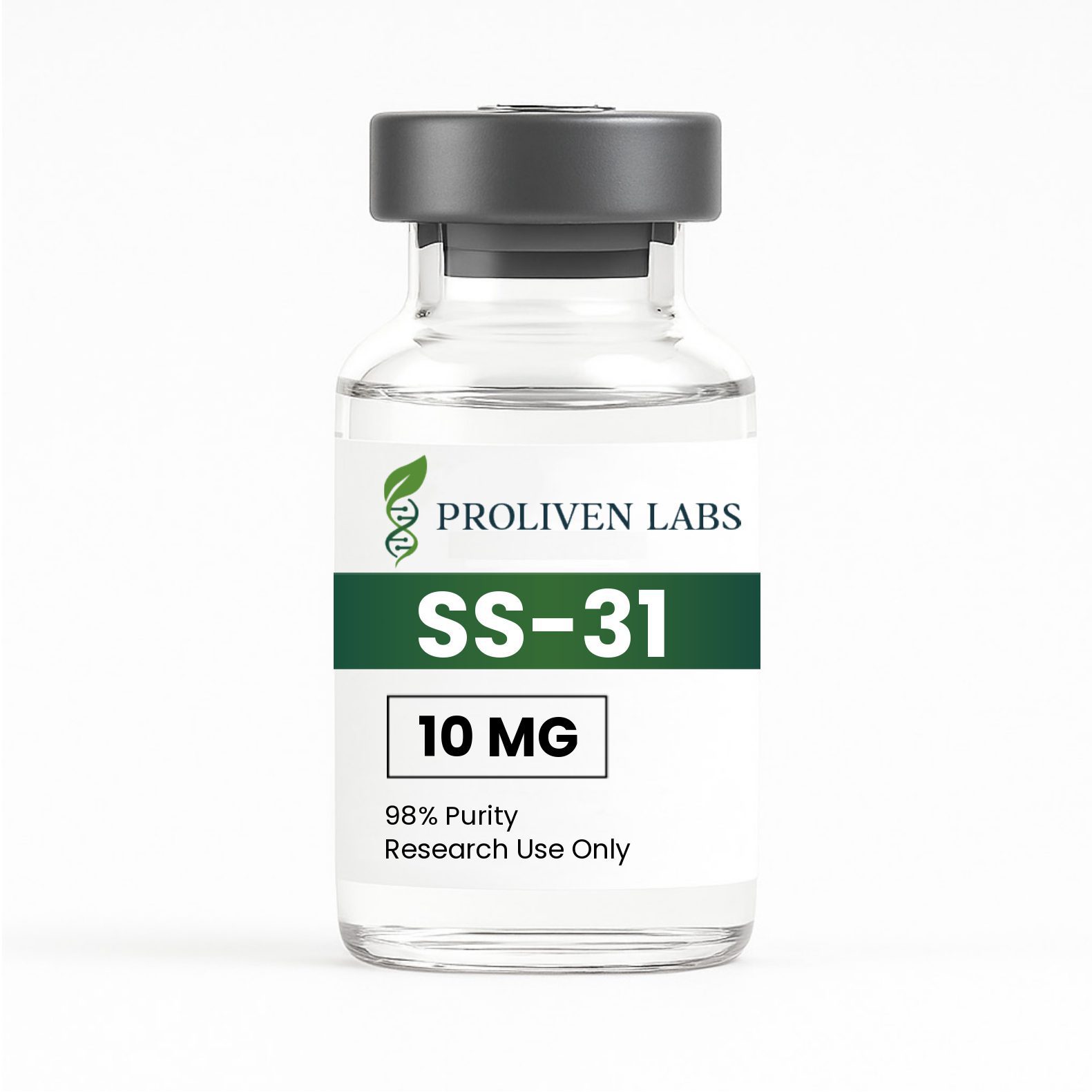
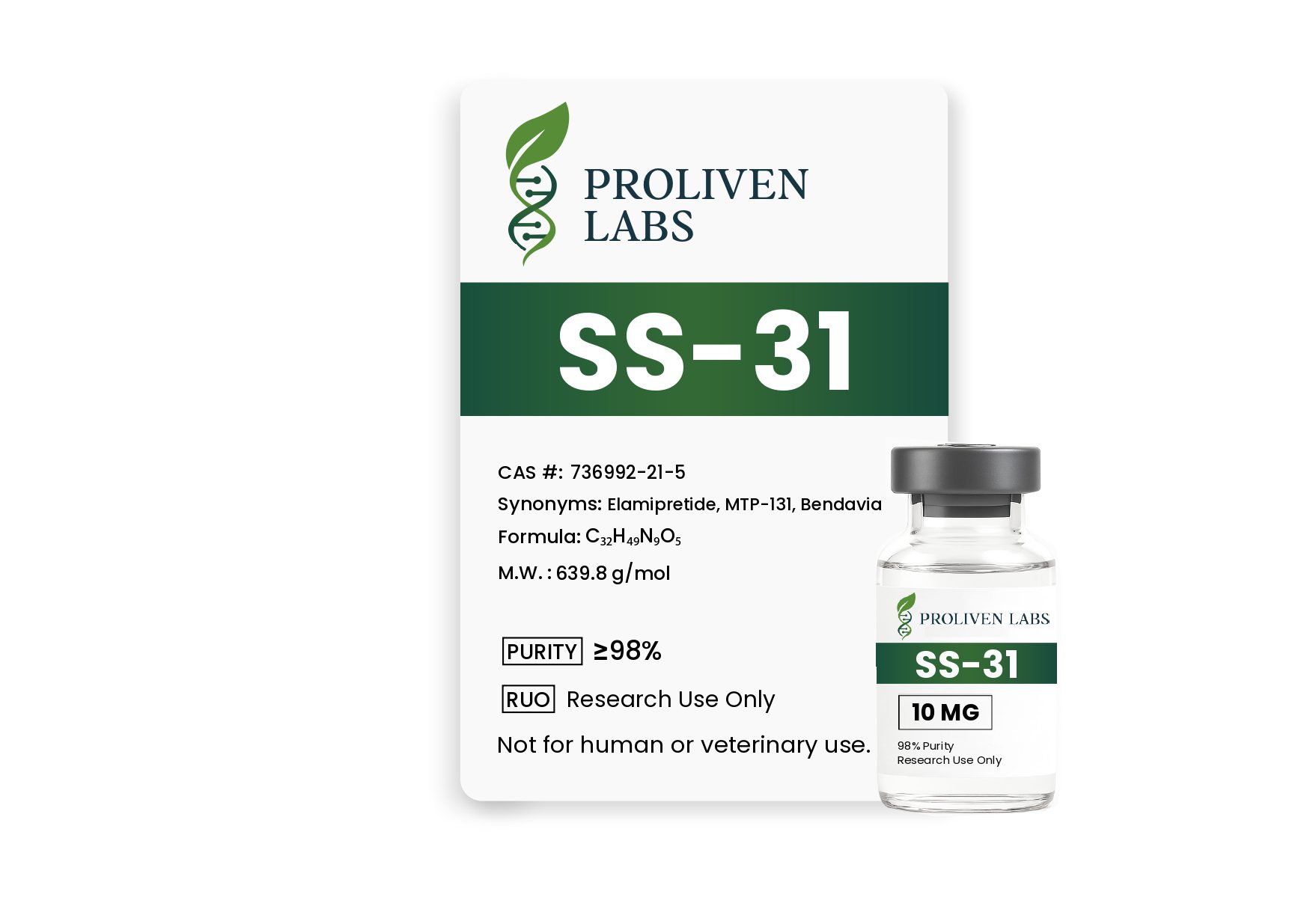
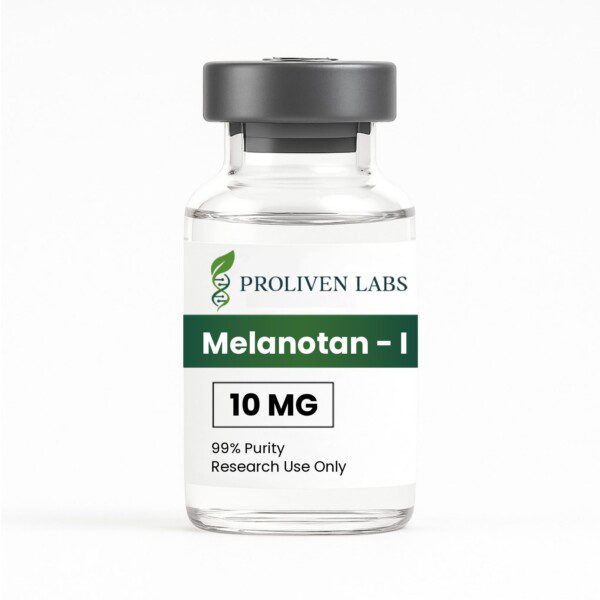
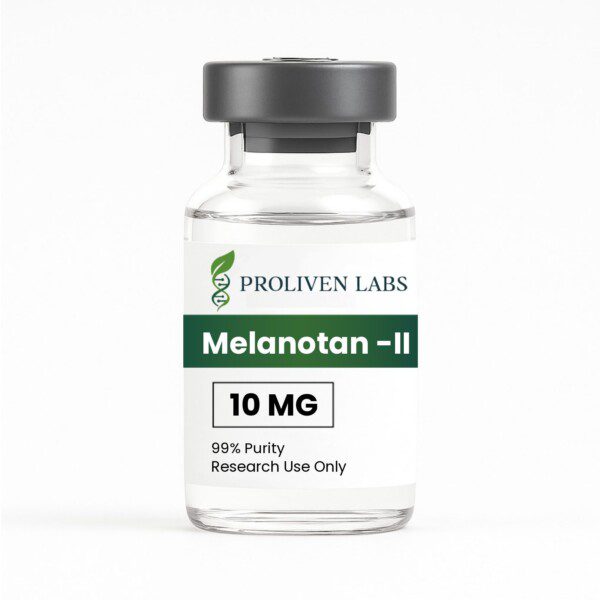

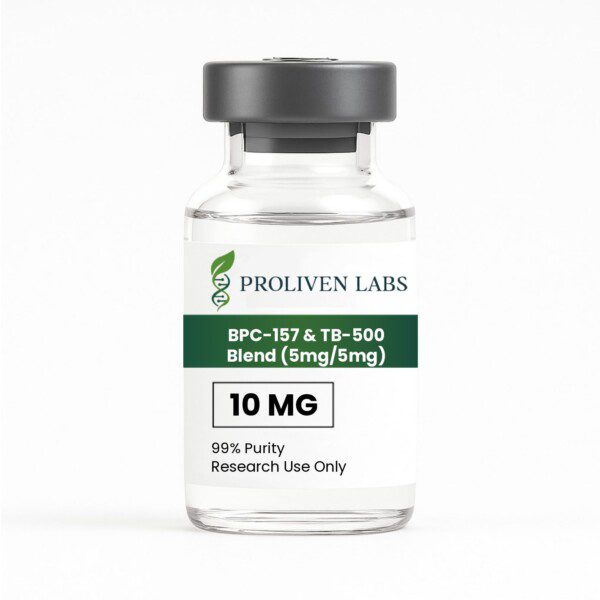
Reviews
There are no reviews yet.